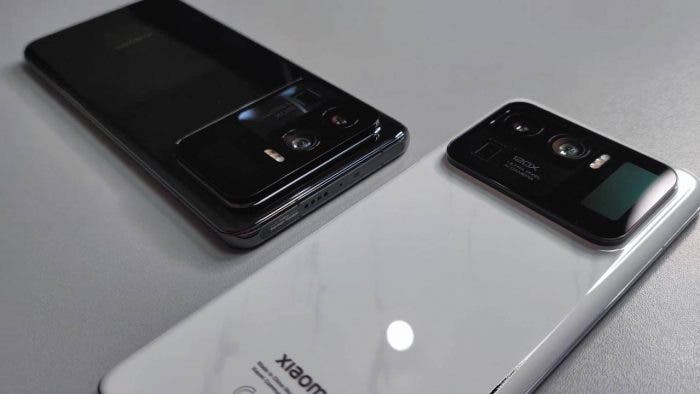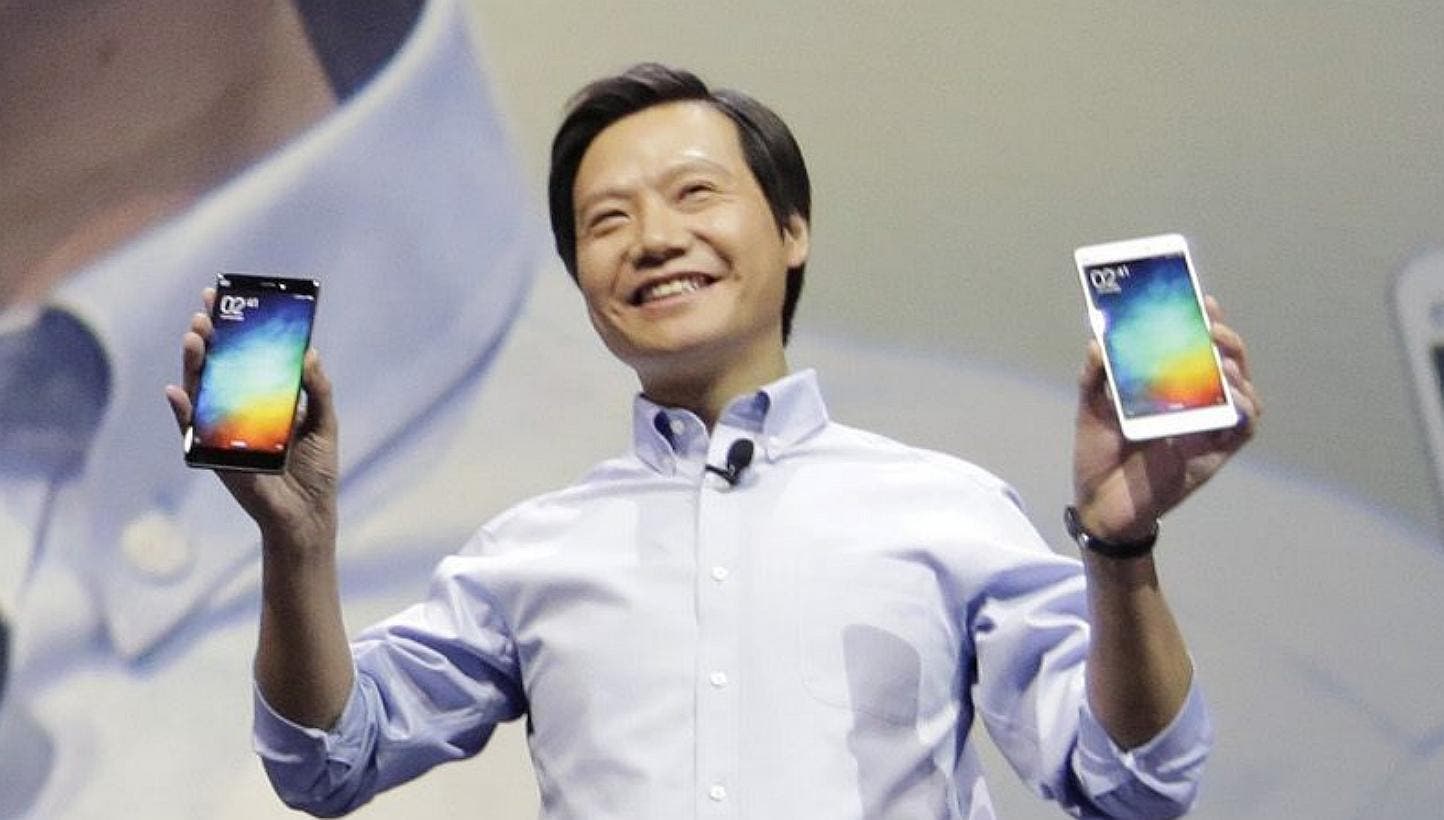Xiaomi has not yet presented the “big brothers” of its bestseller Xiaomi Mi 11. However, information about the Xiaomi Mi 11 Pro and Xiaomi Mi 11 Ultra models continues to accumulate on the network. This time, a rather detailed video review of the Xiaomi Mi 11 Ultra from different angles has become public.

The video was originally published on the Tech Buff channel, but it was immediately removed. However, nothing disappears on the network without a trace and enthusiasts managed to take screenshots, as well as upload the video to other sites.

The smartphone is shown in two color options – black and white in detail and even when turned on. Of course, the huge block of the main camera is striking. In this block, we see three modules for shooting, including one periscope, an inscription states 120X Ultra Pixel AI Camera, a module with a triple LED flash and even a small auxiliary screen.

This display can be used to take high-quality selfies with the rear camera. However, it is also capable of displaying any application the device has.

Massive Xiaomi Mi 11 Ultra leak: 120x camera and a tiny secondary screen
The white and black versions are slightly different. Apparently, the black variant is a prototype, since instead of the Ultra Pixel marketing label we see the more technical notation 12-120mm, 1: 1.95-4.1 on the camera.

The smartphone works with MIUI 12.5 installed. Experts from the mobile developer community XDA Developers have confirmed that this is a true global version of MIUI 12.5.

According to the source, the camera contains a main module with a resolution of 50 megapixels, a wide-angle module with 48 megapixels and a periscope telephoto camera with a resolution of 48 megapixels.

As for other characteristics of the smartphone, such specs are mentioned. Mi 11 Ultra received a 6.8-inch OLED screen with curved edges on all four sides, WQHD + resolution and an adaptive image refresh rate of 120 Hz, an embedded single front camera of 20 megapixels, Corning Gorilla Glass Victus, Qualcomm Snapdragon 888 SoC, IP68 protection from water and dust, a 5000 mAh battery with support for 67 W charging, 10 W reverse wireless charging and Harman / Kardon speakers.

Earlier it was reported that the debut of Xiaomi Mi 11 Pro and Xiaomi Mi 11 Ultra can be expected in April-May 2021.
Xiaomi is the third smartphone brand globally, Redmi Note series crosses 200 Million shipments milestone
Xiaomi was the first company to unleash a flagship with Qualcomm’s Snapdragon 888 chipset. The brand revealed the Mi 11 in December alongside MIUI 12.5. Recently, the company has officially announced the new flagship for global markets, alongside the respective version of MIUI made for the global audience. Besides the new software skin and flagship, the company used the opportunity to reveal details about its progress. Despite the ongoing pandemic that ravaged the market last year, the brand managed to become the third-largest smartphone brand in the world. Redmi brand also broke some records last year.

According to the brand’s report, it is the first smartphone brand in ten markets, which includes India as one of the most notable ones. Moreover, it achieved at least the third position in 36 markets. The Chinese giant also is the fastest-growing brand in the high-end segment with an impressive 3,639% growth year on year in Q3 2020. This includes devices that cost more than $500.
Xiaomi invested in the R&D department and improved its manufacturing process
Between the last quarter of 2019 and Q3 2020, Xiaomi invested over $1.3 billion in the R&D department. As a result, 2,143 camera tests that used to take 3 to 4 days have been fully automated. Nowadays, the brand is capable of testing its cameras in just one day. The brand also improved its cameras and software. The Xiaomi Mi 10 Pro, for instance, kept the first place at the DxOMark camera ranking for 48 days. The Mi 10 Ultra was on top for nearly two and a half months. The Mi 11 also performed well in the camera benchmark website. The audio lab also is doing equally successfully. The Mi 10 Pro was the best phone in the DxO Audio tests for most of 2020. The brand also has more labs for the development of 5G, displays and one that improves the phone’s overall stability.

Besides the Mi branded phones that are doing quite well in the high-end segment; the company’s Redmi branch is also bringing a lot of money. So far, the Redmi Note series has shipped more than 200 million units around the world. For comparison, that number was just 140 million in November of last year and 100 million in October 2019. We expect these numbers to reach a new higher spot in 2020 with the arrival of the Redmi Note 10 series. Just like the Chinese Redmi Note 9 series, we expect Redmi to bring at least two 5G smartphones in the Redmi Note 10 series.
Worth noting, that Xiaomi growth also comes in light of Huawei’s demise. However, we have to credit the former for knowing how to take the best of an opportunity.





